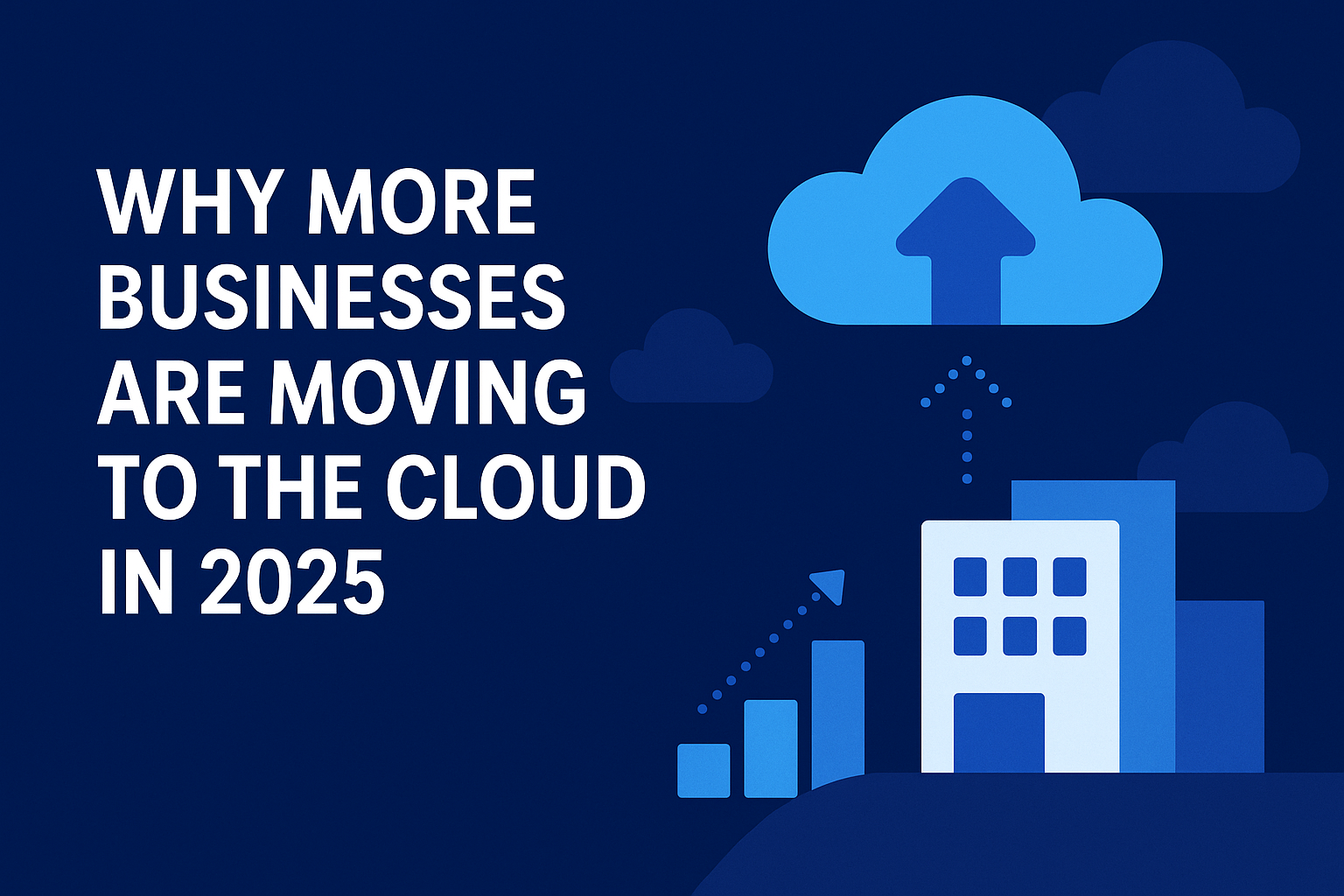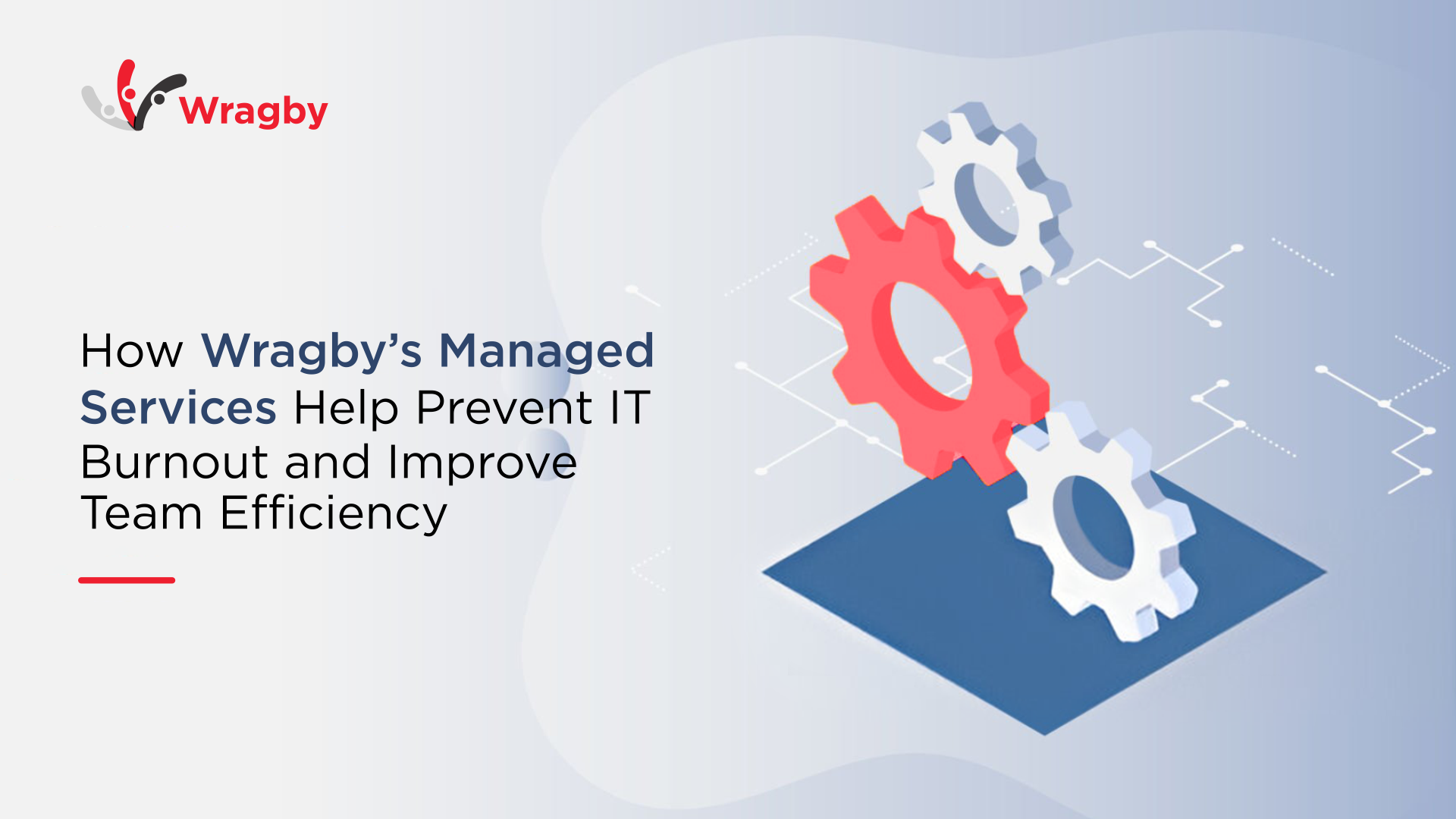
Why More Businesses Are Moving to the Cloud in 2025
Not long ago, a mid-sized retail business struggled to keep up with rapid changes. Legacy systems slowed down operations, remote work was a nightmare to manage, and scaling up meant major hardware investments. Fast forward to 2025—and that same company now thrives on flexibility, efficiency, and real-time collaboration. What changed? They moved to the cloud.
Why do you think so many companies are moving to the cloud in 2025? It’s not just about tech upgrades—it’s about survival and growth in a fast-evolving business world.
The Shift in Business Needs
Today’s business environment demands speed, agility, and resilience. Organizations are no longer just looking for tools—they want solutions that adapt, scale, and drive outcomes. Cloud computing checks all those boxes.
Remote work and global teams are now the norm. Businesses need infrastructure that’s accessible from anywhere, any time. On-premise systems simply can’t keep up with this new demand for flexibility and speed.
So, why is everything moving to the cloud? Because it’s the foundation that supports modern business models.
What Is the Demand for Cloud Computing in 2025?
Cloud computing is no longer a trend—it’s a necessity. In 2025, global cloud spending is projected to surpass $1 trillion, driven by industries like finance, manufacturing, healthcare, and retail. SMEs are also adopting cloud tools at record rates, not just large enterprises.
The demand is fueled by:
– The rise of AI-powered cloud tools
– Real-time data access across geographies
– Compliance-ready cloud environments
– Green IT initiatives pushing for energy-efficient cloud operations
So when people ask, “What is the demand for cloud computing in 2025?”—the answer is: massive and still growing.
Related Article: How to Strengthen Your Cloud Security Strategy: 15 Best Practices for 2025
What Is the Number One Reason Businesses Are Switching to Cloud Computing?
It’s simple: agility.
The ability to pivot quickly, scale up (or down) without delays, and launch new services with minimal setup is a game-changer. Businesses are no longer tied to long IT procurement cycles or physical servers.
Other top reasons include:
Cost savings: Pay-as-you-go models reduce capital expenditure.
Data security: Cloud providers invest heavily in cybersecurity.
Collaboration: Real-time tools like shared dashboards and project apps drive teamwork.
Still, if we had to choose one, agility stands as the top reason businesses are switching to cloud computing.
Real-World Use Cases: Cloud in Action
Retail: Inventory synced across stores in real time.
Finance: Cloud-native applications with robust data encryption.
Healthcare: Patient records securely accessible to authorized personnel from anywhere.
Energy: Predictive maintenance using IoT and cloud analytics.
These aren’t future concepts—they’re already happening in 2025.
What About the Concerns?
Sure, some businesses hesitate. Common concerns include data security, cost overruns, and complexity.
But here’s the reality:
Security: Leading providers meet global compliance standards.
Cost: Managed services help businesses stay within budget.
Complexity: User-friendly platforms and expert support make migration smoother than ever.
Conclusion
The question isn’t if your business should move to the cloud—it’s how soon. Cloud computing is powering the future of work, enabling innovation, and helping businesses stay competitive.
So again, why do you think so many companies are migrating to the cloud? Because the cloud is no longer a luxury—it’s the core of business transformation in 2025.
1. Why do you think so many companies are migrating to the cloud?
Companies are migrating to the cloud for greater flexibility, cost savings, and improved collaboration. It allows them to scale operations quickly and access critical tools from anywhere.
2. What is the number one reason businesses are switching to cloud computing?
The number one reason is agility. Cloud computing enables businesses to innovate faster, deploy updates seamlessly, and respond quickly to changing market needs.
3. What is the demand for cloud computing in 2025?
The demand for cloud computing in 2025 is at an all-time high, with global spending projected to exceed $1 trillion. Businesses across industries are investing in cloud services to drive efficiency and innovation.
4. Why is everything moving to the cloud in 2025?
Everything is moving to the cloud because it offers centralized data access, real-time collaboration, stronger security frameworks, and lower infrastructure costs compared to traditional systems.
5. Is cloud migration worth it for small businesses?
Yes. Cloud migration allows small businesses to access enterprise-grade tools, improve data security, and reduce IT costs—all while staying competitive in a fast-moving market.



Leave a Reply